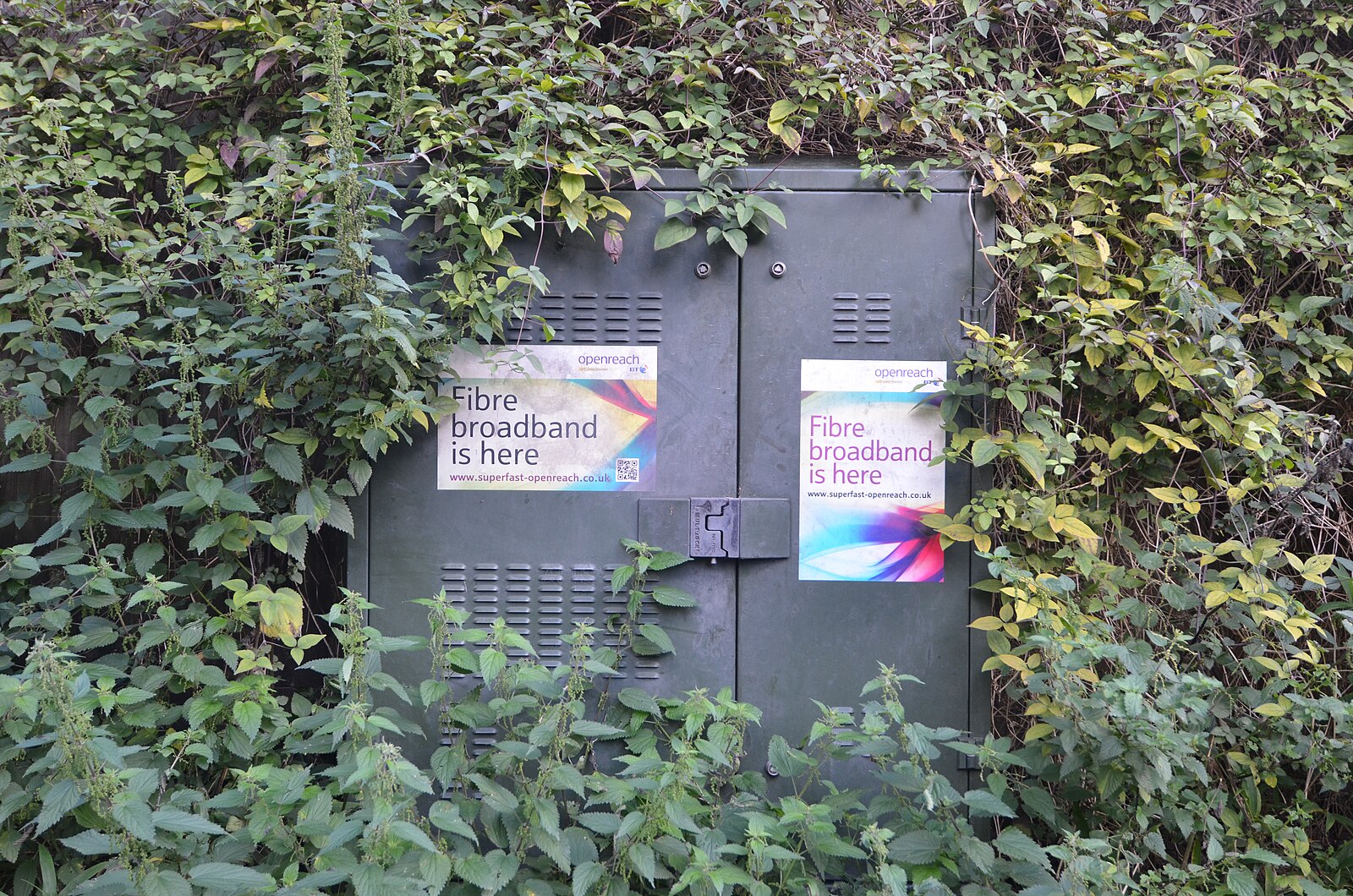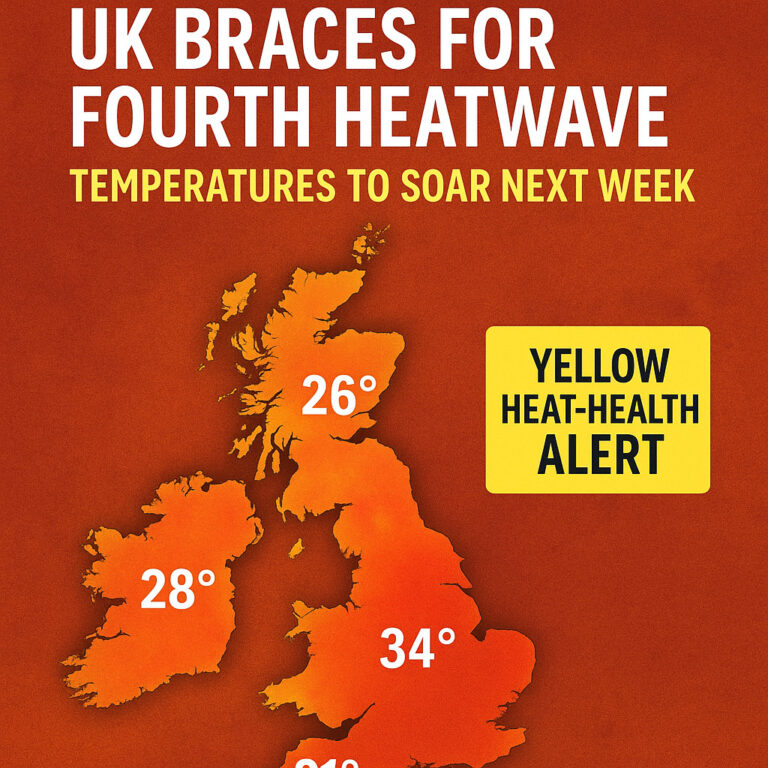UK’s Full-Fibre Boom: 78% Coverage in 2025—but Rural Gaps Persist
Over the past five years, Britain has undergone a dramatic shift in broadband infrastructure—accelerating full-fibre (FTTP) coverage from 12% in January 2020 to 78% by mid-2025, according to Ofcom and independent statistics .
This transformation is anchored in a 2021 regulatory overhaul that broke BT Openreach’s infrastructure monopoly. By granting alternative providers (altnets like CityFibre and Community Fibre) fair access to Openreach’s ducts, and allowing pricing flexibility under the “fair bet” rule, the UK stimulated fierce competition and investment .
🔍 The Regional Picture
Northern Ireland leads the country with 96% full-fibre availability, fueled by aggressive local rollout .
Nationwide coverage is expected to hit 95% by 2027, closing the gap with France and Germany .
Yet, despite the infrastructure success, take-up lags at just 38% of households—raising questions about affordability, awareness, or perceived need .
🏞️ Rural & Urban Disparities
Rural communities are especially vulnerable:
Only 52% of rural premises are gigabit-capable compared to 87% in urban areas—despite similar full-fibre reach .
Urban flats also lag due to access issues, even when fibre runs past their door .
Farmers—60% of whom say connectivity is critical—report 8% still lack any internet service, slowing tech adoption .
💷 What’s Slowing Take-Up?
Industry analysts suggest several barriers:
Costs: Households may hesitate to switch or pay premium pricing.
Awareness: Many users don’t know fibre is available.
Access challenges: Flats and remote farms encounter landlord or infrastructure constraints.
Despite these, telecom experts praise Ofcom’s consistent regulation as instrumental to the rollout’s success .
🔮 What Comes Next?
The upcoming Telecoms Access Review (TAR) will reconsider how infrastructure access costs for altnets are calculated—especially to benefit rural build-outs .
A push to enable easier access to flats and block-level dwellings is underway .
Educational campaigns will be needed to increase consumer awareness and encourage adoption.
The FTTP surge offers a springboard for digitisation in healthcare, business, education, and Fidelis Radio streaming—and not just urban life.
👥 Voices from the Field
Jim Irving, who moved to rural Northern Ireland in 2009, recalls: “We were disconnected from the 20th century.” Full-fibre access transformed his consultancy service and everyday life .
Matt Howett, founder of Assembly Research, applauded Ofcom’s approach: “Few industries deliver faster, more reliable networks at lower prices—telecoms stands out in regulated sectors” .
✅ Why It Matters
Economic potential: Faster, reliable broadband boosts local business, remote working, and entrepreneurship.
Social impact: Connectivity prevents rural isolation and supports essential services like telemedicine and education.
National resilience: A full-fibre backbone enhances the UK’s digital security and infrastructure readiness.




